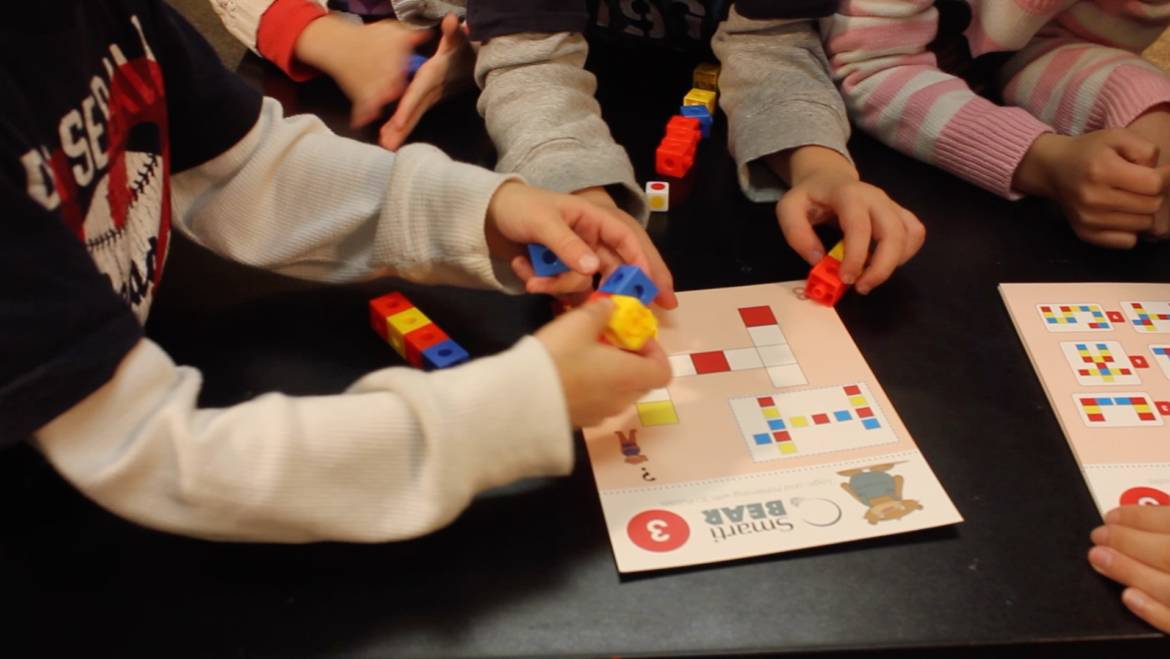S. Evelyn Cimesa | March 18, 2016 | Play-based Learning
Play is one of the most effective methods of engaging youth. It promotes social and emotional learning, provides opportunities for challenges and perseverance, and children are natural experts at it.
Children connect with the world through play. They attribute meanings to words as they explore their surroundings, they learn the basics of communication, and they learn to interact with other people in a safe learning environment.
Consider this introduction when incorporating intentional, play-based learning in your classroom.
1. Understanding Intentional, Play-Based Learning
Young children explore their environment and learn about their world through the process of play-based learning. Effective classrooms use play to further children’s learning and inspire a high level of engagement and curiosity.
Examples of successful methods include:
- Allowing children to be “in charge” of their play
- Hands-on, inquiry-based learning experiences that foster exploration, problem solving, discovery, and dramatization
- Planning learning opportunities based on observation of children’s development and interests
2. Establishing an Optimal Learning Environment
Please consider using time, space, and materials when creating an optimal learning environment. Provide ample learning resources, toys, and supplies for children to use and explore.
Some easy ways of optimizing your space include:
- Replacing old or damaged furniture and removing clutter to maximize your space
- Promoting the use of natural materials from the environment
- Providing learning materials that interest children and promote play
3. Making Learning Visible
Document your students’ progression and interest in materials in order to accurately map what their interests are and what materials are developmentally appropriate for them. Include resources that promote their progression and help them learn through play in order to enhance their experiences.
Some strategies include:
- Using learning stories
- Drawings and dramatization
- Encouraging children to share their opinions and explain their thinking
For more information on implementing play-based learning, click here.

